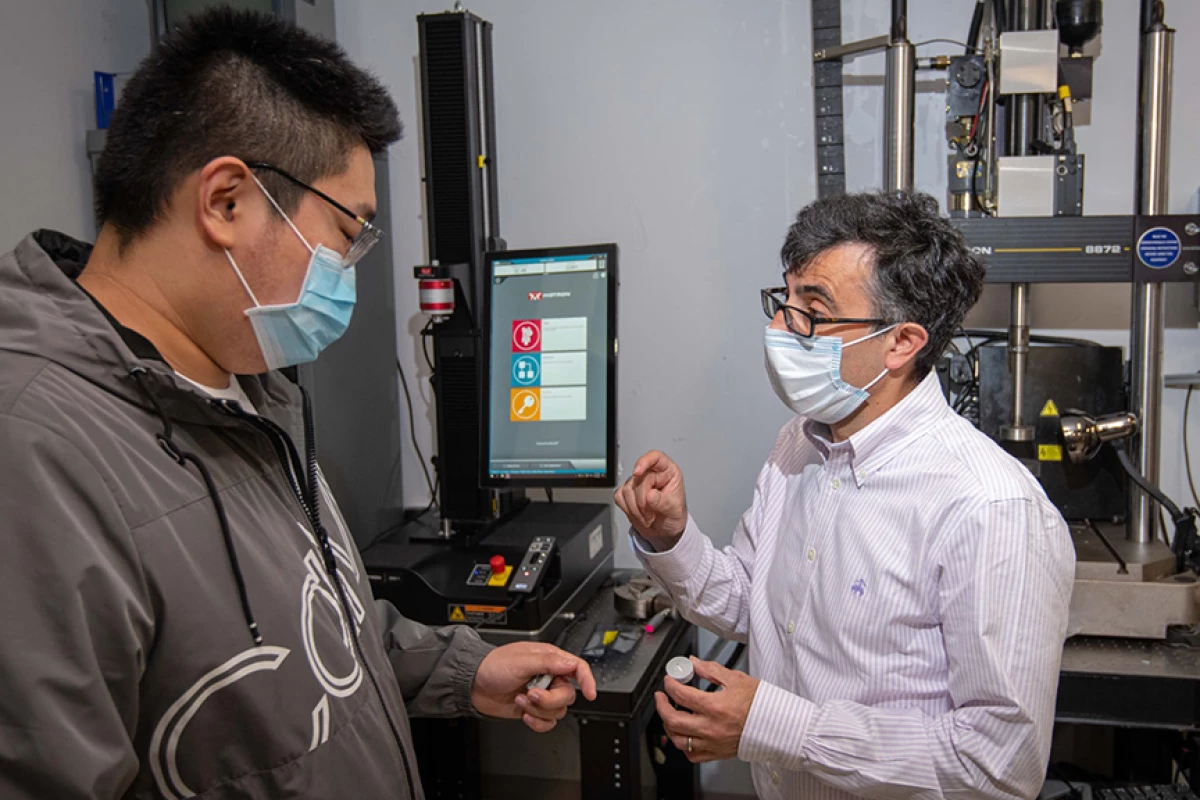Concrete has a massive carbon footprint, so technologies that boost its performance and enable it to last longer could have profound benefits for the environment. This has led to the development of self-healing concrete that can repair its own cracks, and scientists have now demonstrated an exciting new form of this that makes use of an enzyme found in human blood.
Tiny cracks that form in concrete mightn't pose an immediate problem to the structural integrity of a construction, but as water gets in and the rupture spreads it can greatly compromise its strength. The idea with self-healing concrete is to intervene in this process while the cracks are still tiny, sealing up the material to prevent not just a catastrophic collapse, but expensive maintenance or a complete replacement of the structure.
This field of research has turned up all kinds of interesting potential solutions over the years. We've seen versions that pack their own sodium silicate healing agents, ones that feature bacteria that produce special glue to knit together these cracks, and others that fill up the gaps with fungus. While promising, scientists at the Worcester Polytechnic Institute have conjured up what they believe is a cheaper and even more efficient solution.
The team sought inspiration from the human body; more specifically, from the way an enzyme in red blood cells called carbonic anhydrase (CA) is able to quickly transfer CO2 from the cells into the bloodstream.
“We looked to nature to find what triggers the fastest CO2 transfer, and that’s the CA enzyme,” says study author Nima Rahbar. “Since enzymes in our bodies react amazingly quickly, they can be used as an efficient mechanism to repair and strengthen concrete structures.”
The team put the CA enzyme to use by adding it to concrete powder before the material is mixed and poured. When a small crack forms in the concrete, the enzyme interacts with CO2 in the air to produce calcium carbonate crystals, which mimic the characteristics of concrete and promptly fill in the crack.

Through their testing, the scientists demonstrated their doped concrete can repair its own millimeter-scale cracks within 24 hours. The team says this is a marked improvement on some previous technologies that have used bacteria to self-heal, which are more expensive and can take up to a month to heal even far smaller cracks.
While the amount of CO2 the concrete gobbles up is likely to be negligible in the grand scheme of things, the real environmental potential of the material lies in its potential longevity. Rahbar predicts that this type of self-healing technology could extend the life of a structure from 20 years to 80 years, which reduces the need to produce replacement concrete in what is a notoriously carbon-intensive process.
“Healing traditional concrete that’s already in use is critically beneficial, too, and will help reduce the need to produce and ship additional concrete, which has a huge environmental impact,” says Rahbar.
The research was published in the journal Applied Materials Today, and the video below shows the self-healing concrete in action.
Source: Worcester Polytechnic Institute




